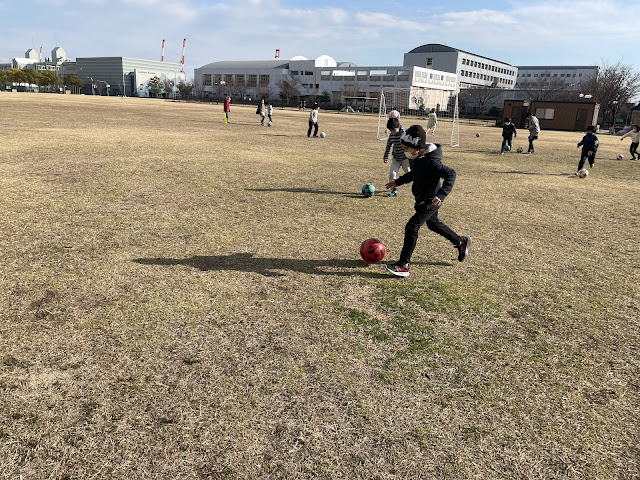This week began with a look at what the students knew about the map of the world. Give a blank sheet of paper they were asked to draw a map of the world with as much detail as they could and to include whatever things they felt a world map should have. Many quickly looked to the window, but the large map of the world was not there! So they really had to draw it from memory. It was definitely a challenge for most!
To help build their knowledge, they were given blank world maps and tasked with finding and labeling the seven continents and five oceans as well as a few other things like the Equator and the North and South poles. Instead of using computers to research, students were given a new tool...an atlas!
On Monday they will have a chance to show what they have learned as they will have a small test on the continents and oceans. To prepare, they have taken their finished maps home over the weekend to study from.
To find out more about maps we looked at several different maps of the world, and other countries such as Japan, China and Canada and tried to identify what features are usually found on maps. Some maps didn't have any features, so instead of focussing on what they had, the students instead suggested things that they thought the map needed.
Together and with some gentle guiding (we first reviewed the things that graphs should have- from our first math unit this year), they came up with the following list: a title, directions (compass rose/ north arrow), labels/ names of places, a key (legend) and probably the most difficult, was the "line with numbers" (scale).
They also began a reading comprehension activity on the different parts of maps and will continue it next week.
In math we took on a completely new topic: Area!
To begin, students were asked to tell how big a given shape was. Not the size around the shape, or how long it was but how much space was inside. To figure this out, they were given given geoboards, an elastic and some unit cubes. By placing the cubes inside the shape they could count how many square units fit inside.
When dealing with rectangles and squares, they students noticed that they could apply what they had learnt about multiplication arrays to help them quickly calculate the area inside.
To give them more practice figuring out different types of area as well as perimeter they created their names on grid paper, calculated the area of composite shapes and played an area math game with a partner.
Next week
On Monday we will not have swimming so there's no need to send their swimming gear, and next Friday will be a holiday so it will be a short 4 dayy week, but Im sure that we'll have plenty more things to do!





































